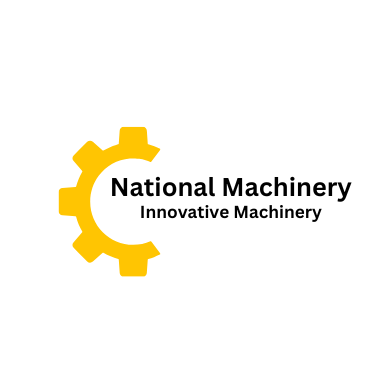This blog post will serve as a comprehensive guide for construction project managers, contractors, and business owners looking to select the best machinery for their specific needs. It will help readers understand how to make informed decisions based on factors like the project size, type, terrain, and equipment functionality. The goal is to educate and empower customers to choose machinery that maximizes efficiency and minimizes costs.
Outline
1. Introduction
- Start by addressing the importance of selecting the right machinery for any construction project.
- Explain that choosing the wrong equipment can lead to delays, higher operational costs, and subpar results.
- Introduce the goal of the post: to help readers make the right machinery choices by considering critical factors.
2. Define Your Project Requirements
- Project Size: Discuss how larger projects may need bigger, more powerful machines, while smaller projects may only require compact equipment.
- Project Type: Mention how the type of project (residential, commercial, road construction, demolition, etc.) will determine the machinery needed. For example, a road grader is more appropriate for road construction, while an excavator is better suited for digging tasks.
3. Consider Terrain and Environment
- Terrain: Explain how different types of machinery perform better on various terrains. For example, bulldozers are ideal for rough, uneven ground, while forklifts work best on flat, stable surfaces.
- Weather and Site Conditions: Highlight how machinery must be chosen based on the climate and weather conditions at the construction site. Some machines are built for wet, muddy areas, while others are more suited to dry, arid conditions.
4. Budget Considerations
- Initial Cost vs. Long-Term Investment: Help readers weigh the costs of purchasing or renting machinery based on their project’s budget.
- Maintenance Costs: Explain how machinery maintenance and operating costs can affect the long-term budget. Offer insight on how choosing more efficient equipment can help lower these costs.
5. Equipment Functionality
- Key Features: Discuss the features that may be essential for specific tasks (e.g., lifting capacity, power, precision, mobility).
- Multi-Purpose Machinery: Mention how investing in versatile, multi-functional machinery can save costs and offer more flexibility for different tasks on site.
6. Safety and Compliance
- Safety Features: Discuss the importance of choosing machinery with built-in safety features like roll-over protection, anti-collision systems, and ergonomic operator controls.
- Regulatory Compliance: Ensure the machinery complies with industry safety regulations and environmental standards, especially when working in regulated industries.
7. Rental vs. Purchase Decision
- When to Rent: Advise on situations when renting machinery is more cost-effective (e.g., short-term projects, specialized equipment needed only for a limited time).
- When to Buy: Discuss the benefits of purchasing machinery for long-term use, including cost savings and the ability to customize.
8. Conclusion
- Recap the importance of matching the right machinery to the project’s specific needs, terrain, and budget.
- Reinforce that taking the time to choose wisely can significantly impact the efficiency, safety, and success of a construction project.
- Encourage readers to consult with experts (like your company) to help them make the best equipment choices for their projects.

